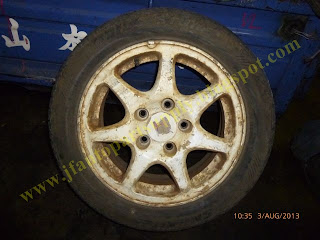I have heard man advocates of small diesels moan that we "just don't get it" here in the U.S. and we need to be more European, and somehow encourage light duty diesels.
What the compression ignition lovers don't realize is that the U.S. policy is very much now based around global warming and carbon reduction, whereas it used to be about reducing oil consumption for geopolitical reasons (OPEC etc.)
So, let's look at carbon emissions:
1 gallon of gasoline when burned will emit approximately 19.64 pounds of CO2.
1 gallon of diesel will emit approximately 22.38 pounds of CO2.
Diesel is about 14% more carbon emitting than gasoline.
But, a diesel engine is about 30% more fuel efficient than a similarly sized gasoline engine. So if we do the math, a similarly sized diesel powered car will emit about 14% less CO2 than a similar diesel car. Not bad, but not huge.
Meanwhile, diesel fuel offers no advantage in the U.S. in cost (it is more expensive than gasoline by about 30%), and the vehicles cost more due to the diesel hardware premium.













































































































